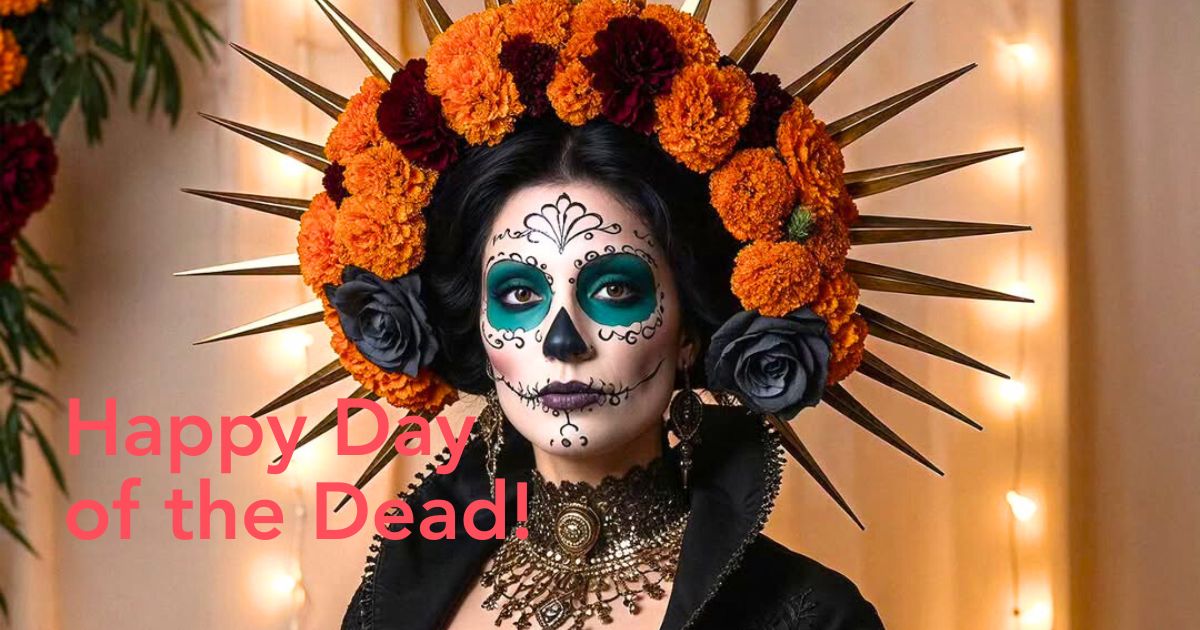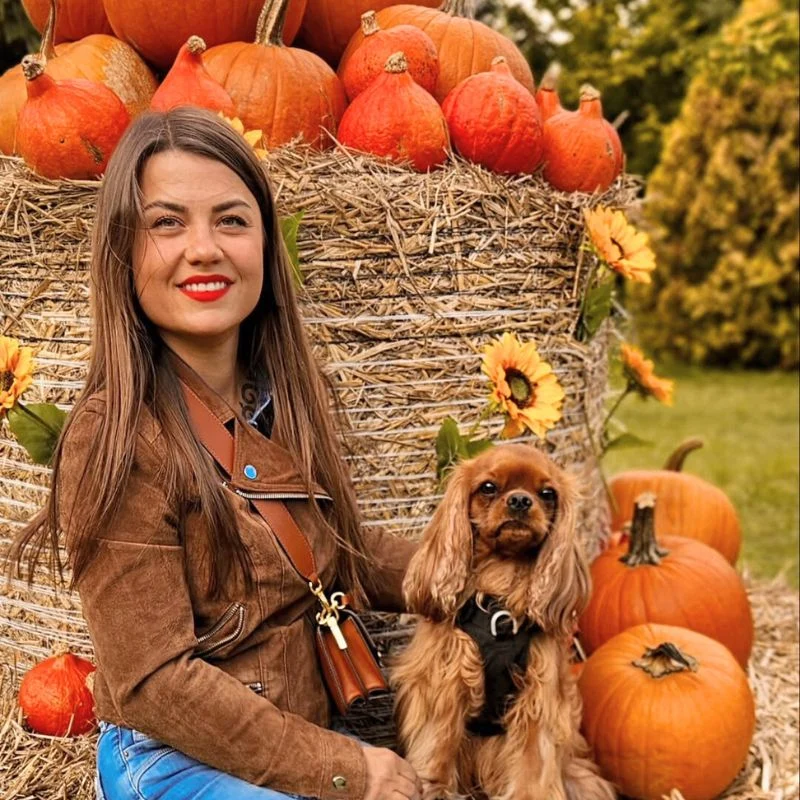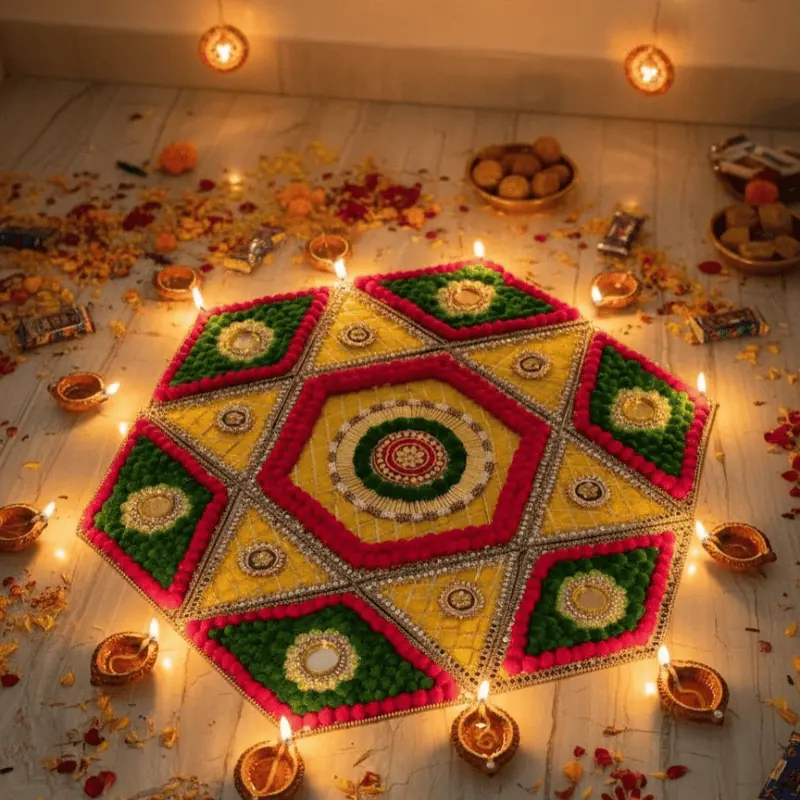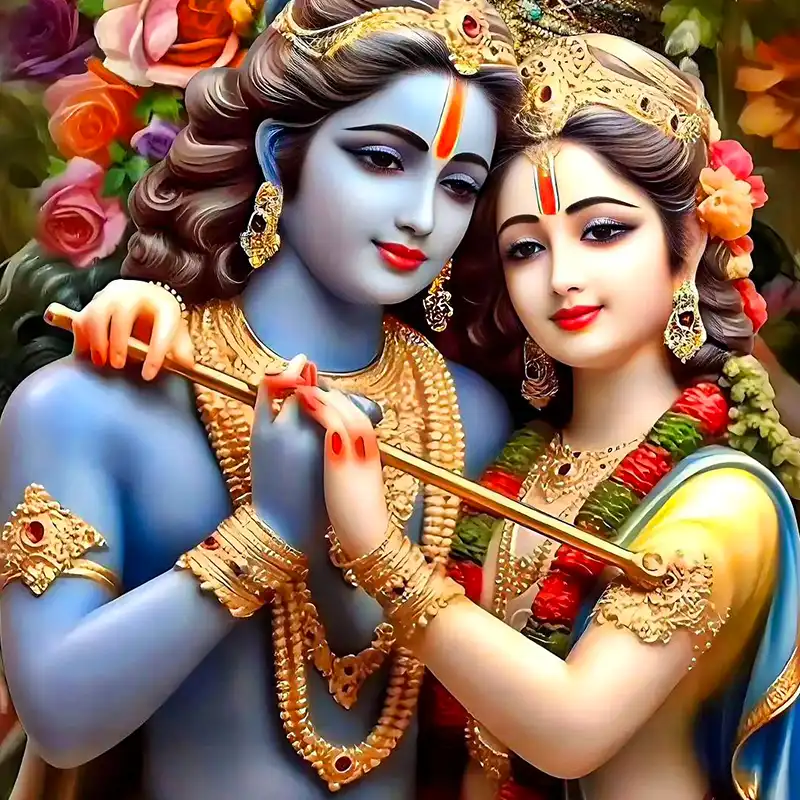Day of the Dead, also known as 'Día de Muertos', is celebrated on November 1st and 2nd and is one of Mexico's most important holidays of all time. Many around the world commemorate the holiday and follow the Mexican tradition, which has existed for thousands of years, long before Spanish settlers arrived. The holiday honors and remembers deceased loved ones by creating altars to honor and remember them, but not any altar. Marigolds are the protagonist flowers, and Day of the Dead 2025 will be no different, featuring them as the main symbol to honor the loved ones of thousands.
Day of the Dead - Learn About the History, the Symbolism of Marigolds on This Day, and Traditions
Every year, before November 2nd, Mexican families gather to decorate their altars with photographs, sugar skulls, food, candles, and marigolds, otherwise known in Mexico as 'cempasúchil' flowers, which are one of the most important attributes that symbolize the meaning of this day. What was the celebration like in 2024?
Last year, the Day of the Dead stood out for how it connected tradition with new forms of expression. The celebration reached beyond Mexico, finding fresh ground in places like Canada, where November 2nd was officially recognized as Día de Muertos. There, community altars, workshops, and public gatherings brought the spirit of remembrance into new cultural spaces.
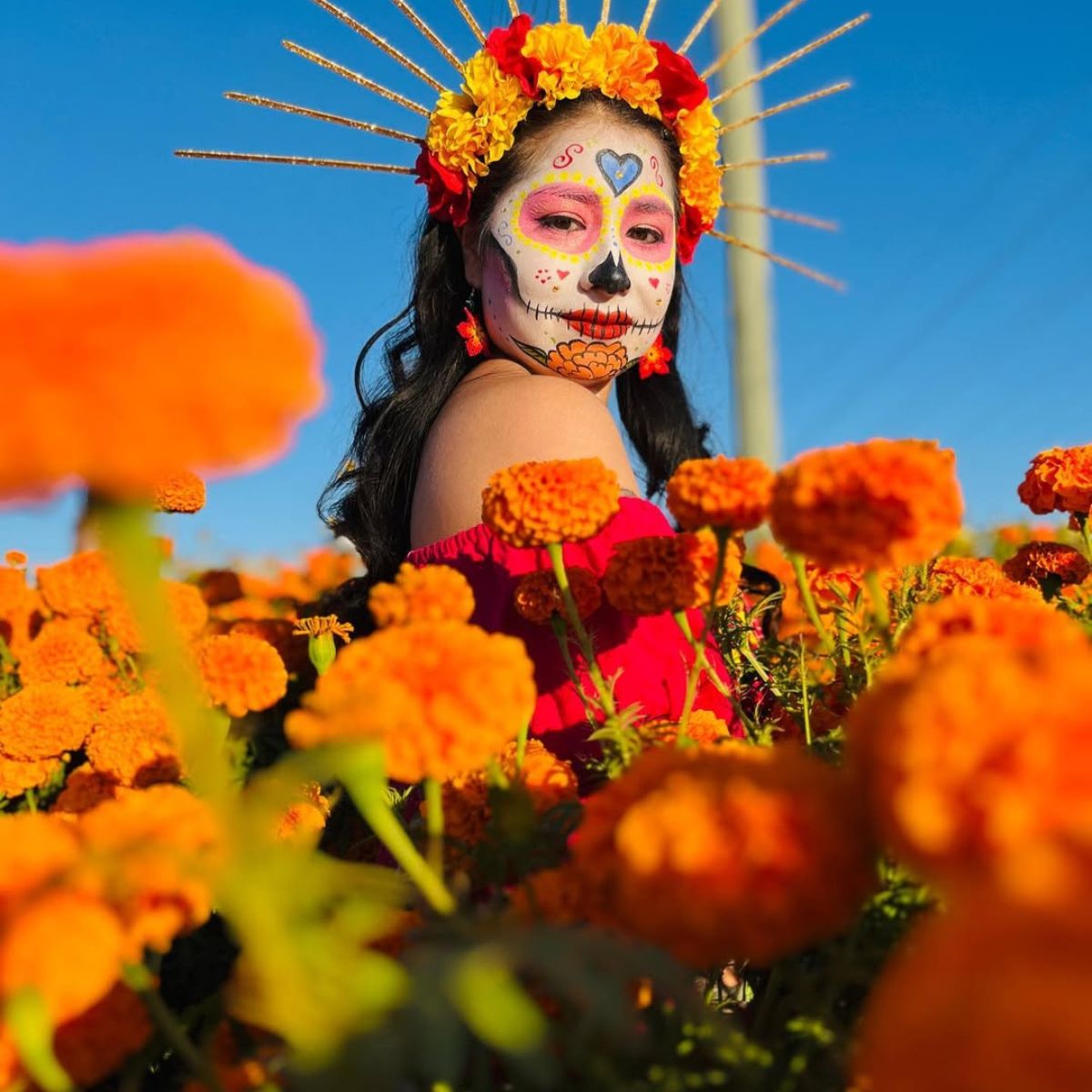
Photo: @melissa_01l
Across Mexico, the festival continued to evolve — with large public parades, contemporary art installations, and culinary events that blended ancestral customs with modern creativity. From Catrina processions and public ofrendas honoring the natural world to new interpretations in music and design, the 2024 edition showed how the holiday remains alive, adaptable, and meaningful.
At its heart, the Day of the Dead remained what it has always been: a moment to honor those who have passed, to gather with others, and to celebrate the lasting presence of memory.
The Celebrations and Commemorations Continue for Day of the Dead 2025
Día de los Muertos 2025 will, in fact, continue to be a 2-day celebration where it is believed that the passageway between the real world and the spirit world is open so our deceased loved ones can come back to visit us.
.jpg)
Photo: @lacatrinaandante
So what do people traditionally do when their grandparents come back from the land of the dead? They make them their favorite meal and offer them their favorite drink, along with placing colorful orange marigolds, singing, dancing, and rejoicing before they head back to the underworld for another year. But what's in there for the history of this celebration, and what is the meaning of marigolds for Day of the Dead?

Photo: @muerteadasoaxaca
Day of the Dead History Dates Back To Aztec Times
The origins of Día de Los Muertos, which is celebrated in modern Mexico and among people of Mexican descent in the United States and around the world, can be traced back 3,000 years to pre-Columbian Mesoamerican rituals honoring the dead. The Aztecs and other Nahua people who lived in what is now central Mexico held a cyclical view of the universe and saw death as an inevitable part of life.
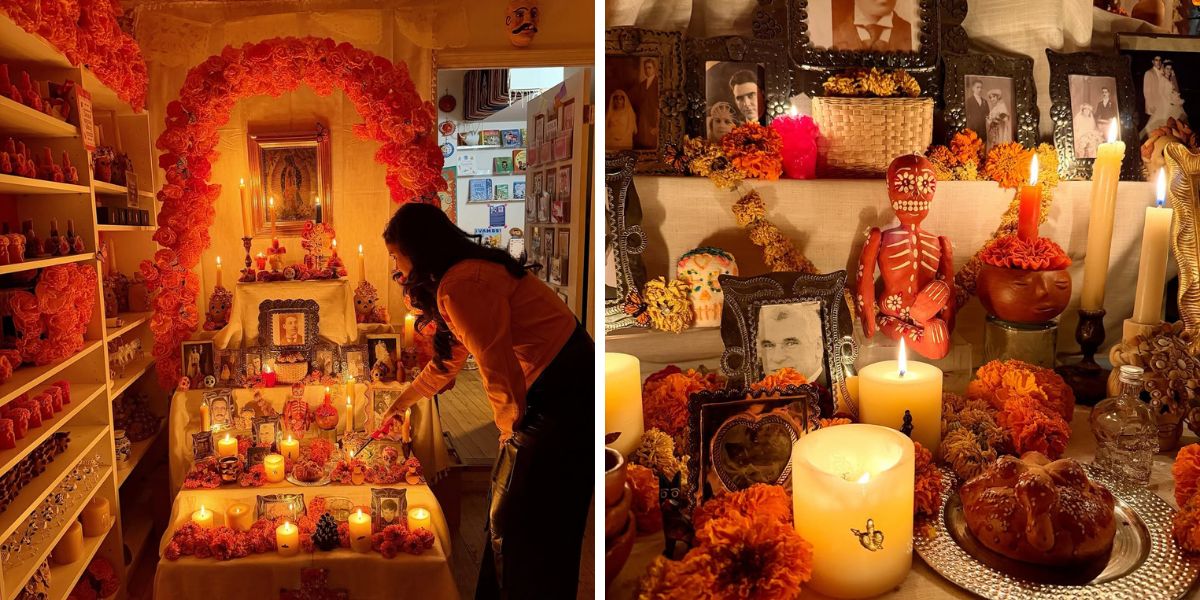
In Nahua beliefs, the journey of a deceased soul was a long and arduous one, leading through nine complex levels of the underworld, Chicunamictlán, to reach Mictlán, the final resting place. It was believed this journey could take years, during which the deceased’s loved ones would offer food, water, and tools to help them navigate the afterlife’s trials.
Traditional rituals honoring the dead were performed in August by the Nahua people, with ceremonies meant to aid the deceased on their passage. These practices evolved over the centuries, blending with Catholic influences brought by the Spanish in the 16th century, and shifted to the current early-November dates to coincide with All Saints' Day and All Souls' Day.
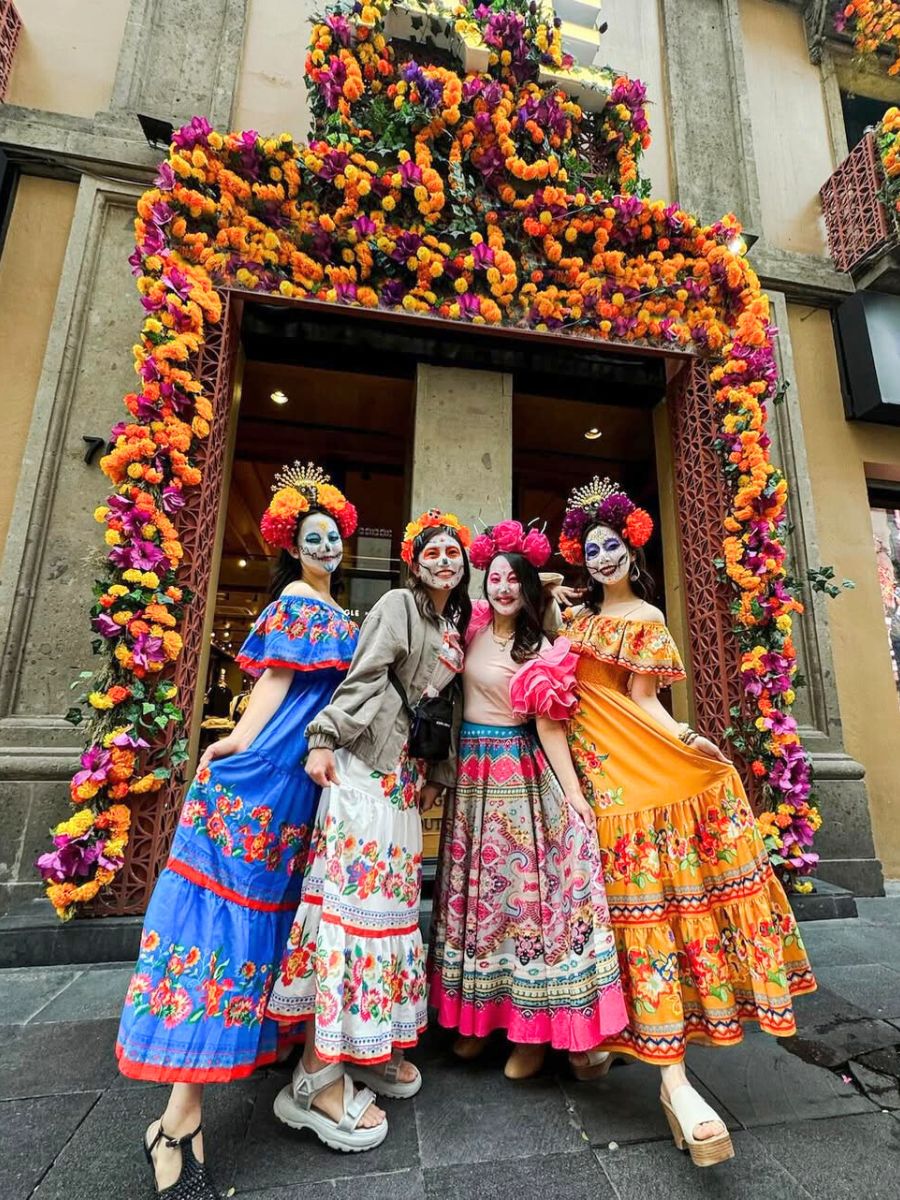
Photo: @ha35gram
Traditions to Celebrate Día de Muertos
Today, Día de Muertos is celebrated with offerings of food, drinks, and mementos placed on ofrendas—beautifully adorned altars that are set up in homes or at gravesites. Marigolds are used for their attractive color and strong scent, believed to help guide spirits back to the world of the living. This celebration, which continues to evolve, reflects a unique view of death, honoring the cycle of life and the memory of loved ones in a colorful and joyful way, deeply rooted in history and culture.
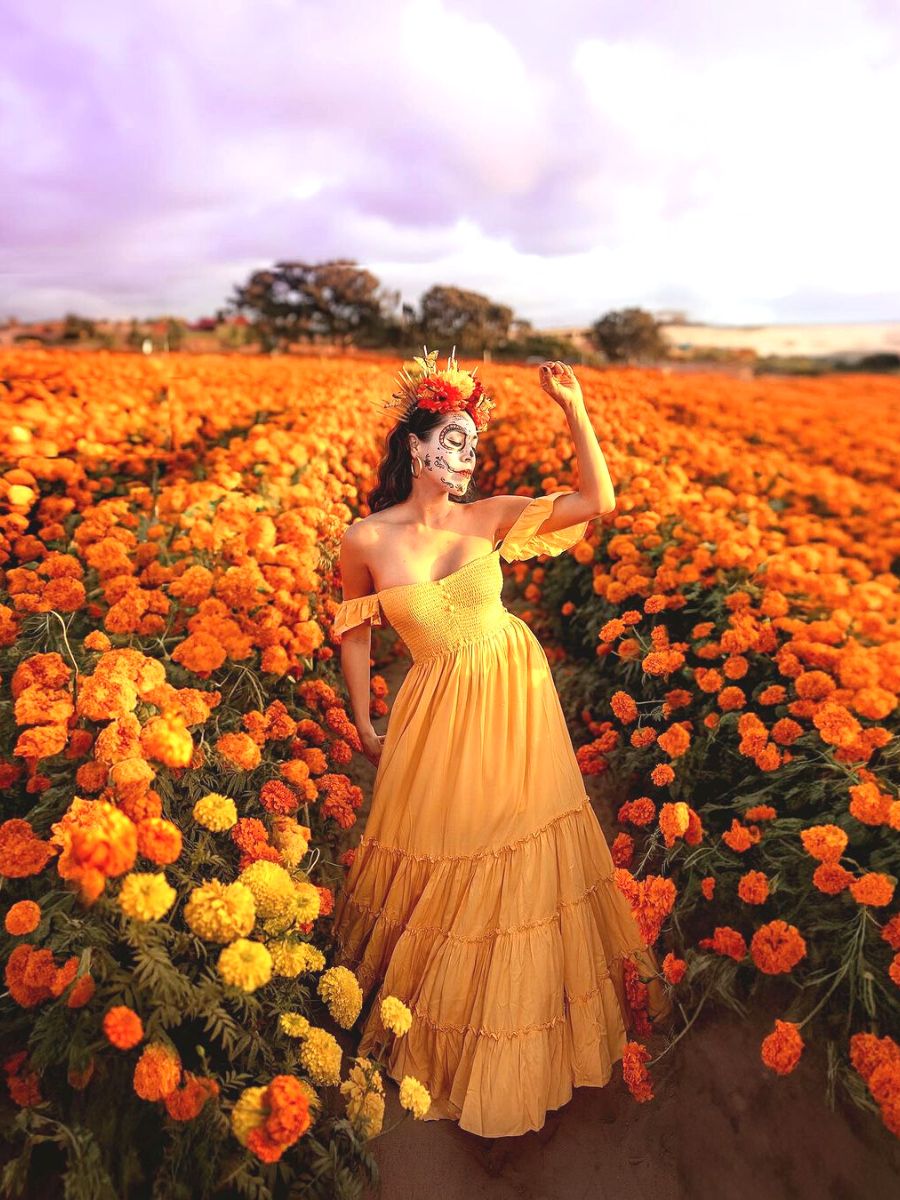
The Role of Marigolds on the Day of the Dead
An altar isn’t complete without the display of thousands of orangey golden marigolds that bring life to this celebration of passed loved ones. The strong visual color of the flowers is even more 'wow' with the warm colors of candle lights that surround it. There’s a reason this flower resembles the essence of Day of the Dead. During the celebration, the spirits of the dead are said to visit the living. With their colors and pungent scent, guide the spirits to their altars. These flowers have a special symbolism expressing the brevity of life.
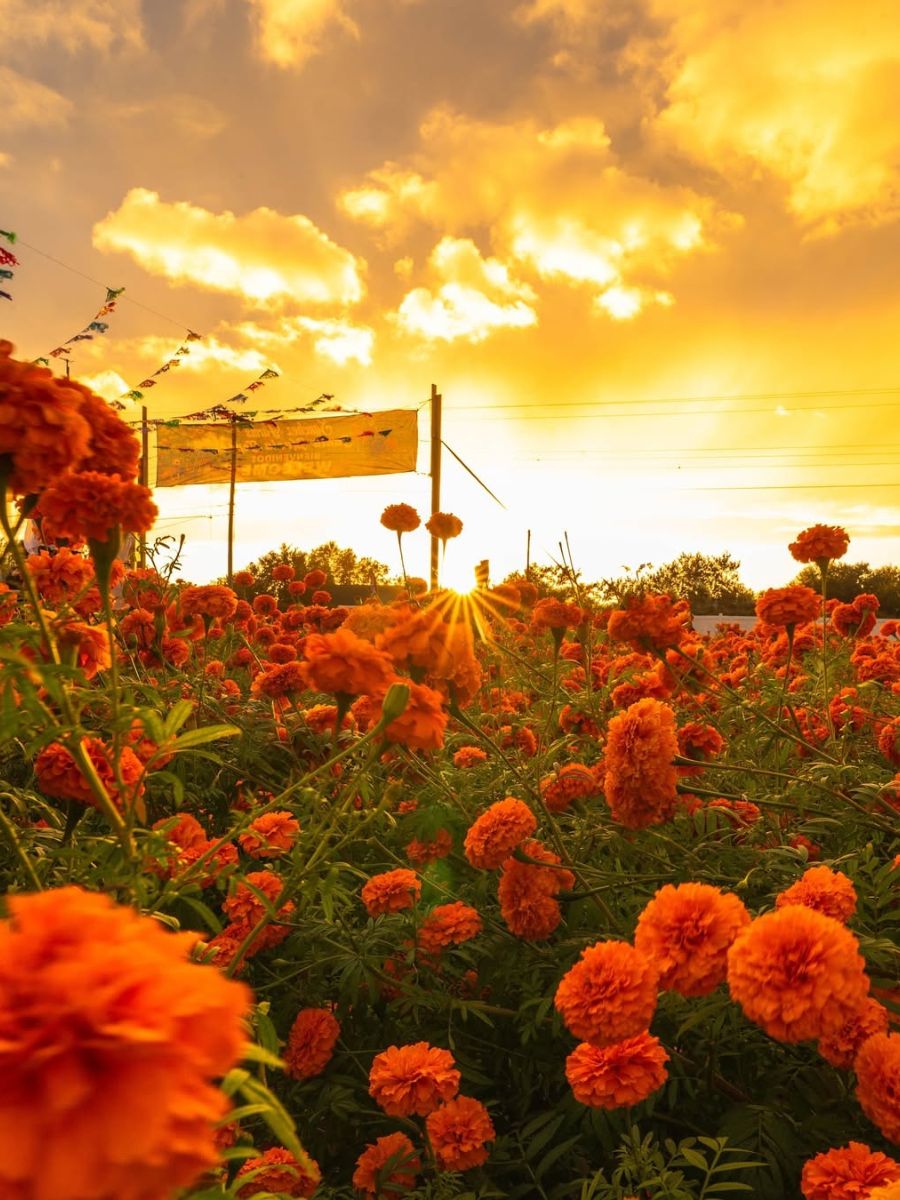
It’s believed that Día de Muertos stems from an Aztec festival dedicated to the goddess Mictecacihuatl, whose role was to guard the bones of the dead. The Aztecs considered marigolds a sacred flower, so they bred them to create bigger and more attractive flowers. Aztecs even used them for decorative and medicinal purposes, as well as being edible flowers thought to cure hiccups and even heal those struck by lightning.
While the history of the marigold post-Aztecs is a bit murky, all species can be traced back to the New World. Spanish explorers took seeds from the Aztecs and survived the long trips across the Atlantic, which were cultivated in Spain, France, and then northern Africa. Read more about the significant role of the marigold flower in the article 'Why Marigold Is the One Flower for Día de Muertos'.
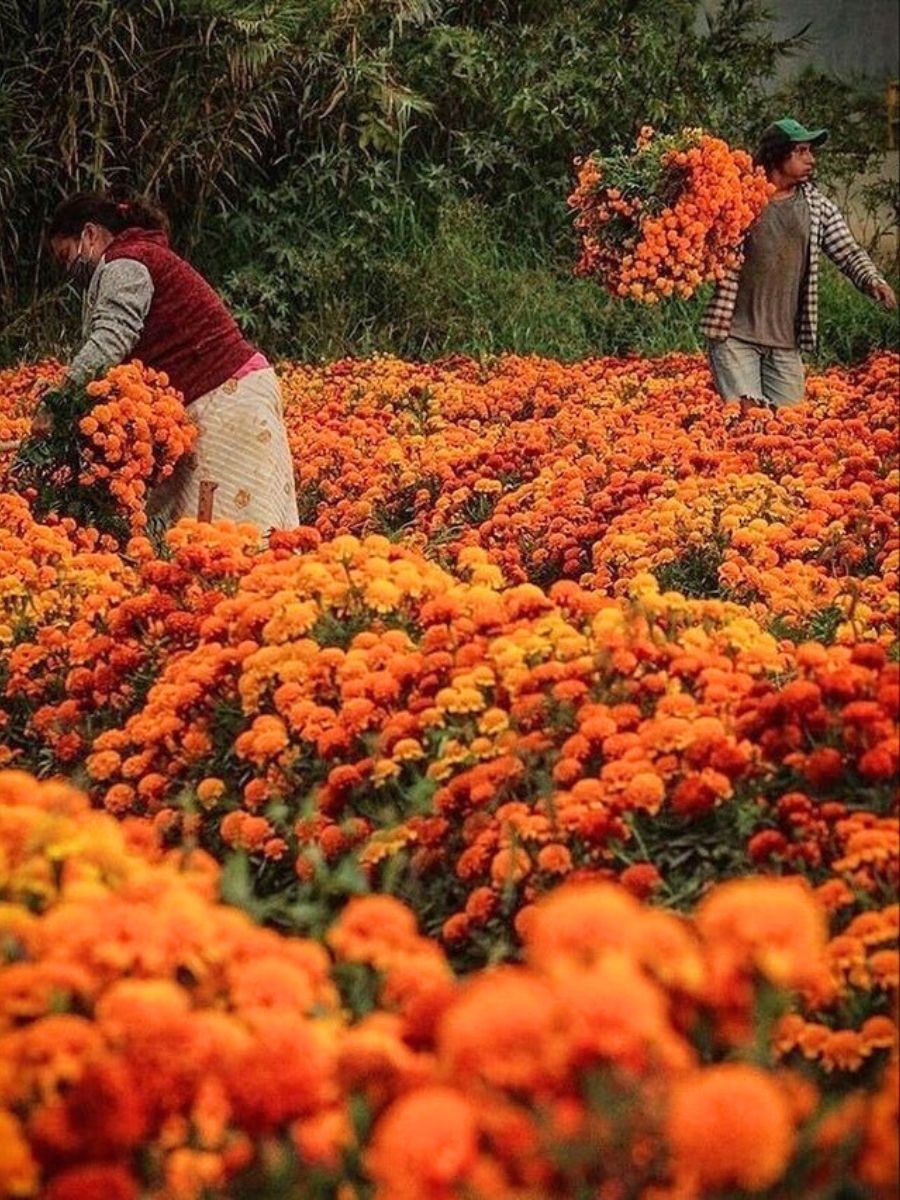
Now that you have an idea of why these flowers for Day of the Dead are a huge deal and probably what you'll see the most in altars, you must know that 'calacas' (skeletons) and calaveras (skulls) also represent both the reality of death and a joyful reconnection with loved ones who have passed. Far from being just somber symbols, people often show skeletons humorously posed or dressed in ways that reflect life’s everyday moments, expressing that death, rather than something to fear, is simply part of the journey. Sugar skulls or painted skulls carry names and are placed on altars to honor the deceased, showing that though they may be gone, they are still remembered.
These elements bring a playful yet respectful tone to the holiday, where skeletons dancing, laughing, or playing instruments are reminders to cherish life. Through their place in the celebrations, calacas and calaveras underscore the Mexican belief that loved ones, even in death, stay connected to the living through memory, laughter, and tradition.
Three Key Things You Should Know About the Iconic Marigold Flower
The 'flower of twenty petals' is one of the most important ornaments of Mexican tradition. Here are three things you should know about this flower:
1. The planting of marigolds begins in June and July, and the harvest starts between October and November. The cempasúchil flower is native to Mexico and has been harvested since pre-Columbian times. Its Spanish name comes from the Náhuatl word 'cempoalxochitl'.
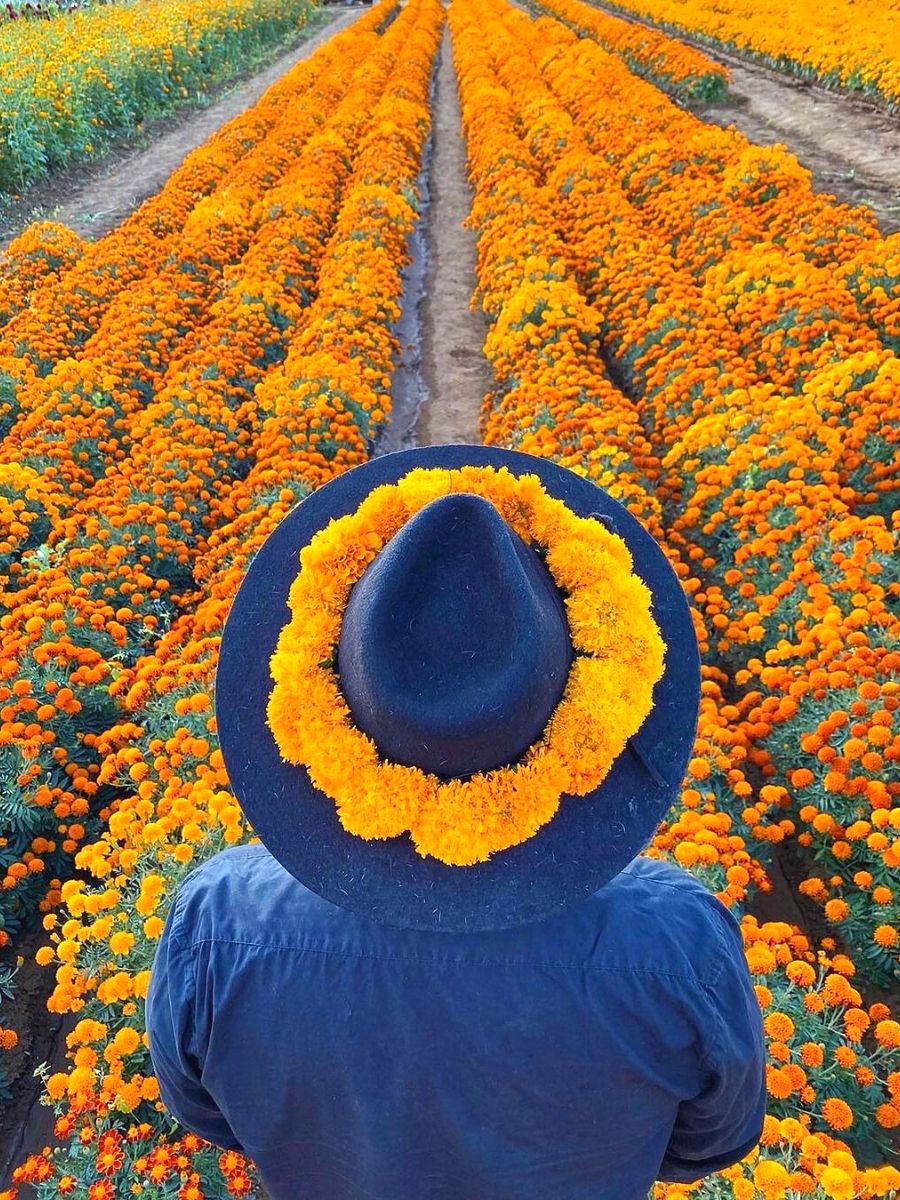
Photo: @muerteadasoaxaca
2. You may be wondering which states produce the flower. According to the Agriculture and Rural Development Ministry (SADER), Puebla, Tlaxcala, Hidalgo, San Luis Potosí, Guerrero, Oaxaca, Morelos, Durango, Sonora and Mexico City are the main cempasúchil producers in the country. In 2021, more than 19,400 tonnes of cempasúchil were harvested nationwide.
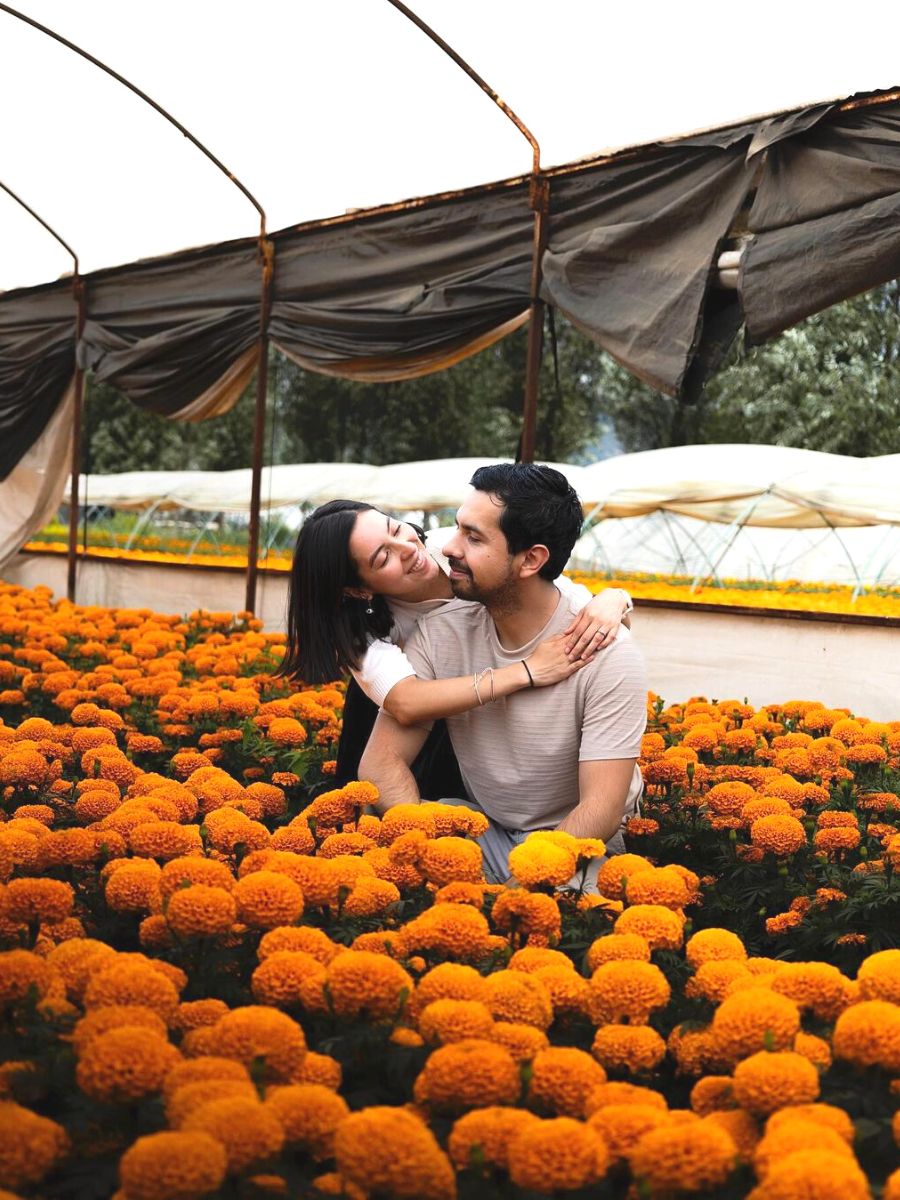
Photo: @undiacondya
However, Puebla takes the crown as the largest producer of cempasúchil: growers in the central state planted 1,557 hectares of the flower in 2021. The entire country, for comparison, saw 2,027 hectares planted in the same year. PS: Puebla has beyond amazing marigold fields that are worth visiting. Read all about them in the article 'Flowers of the Dead in the Marigold Fields of Puebla'.
3. The Puebla towns of Atlixco and Cholula, located at the foot of the volcano Popocatépetl, have the best views of cempasúchil fields. Visitors to these fields can walk among large flower plantations while learning about their history and legends.
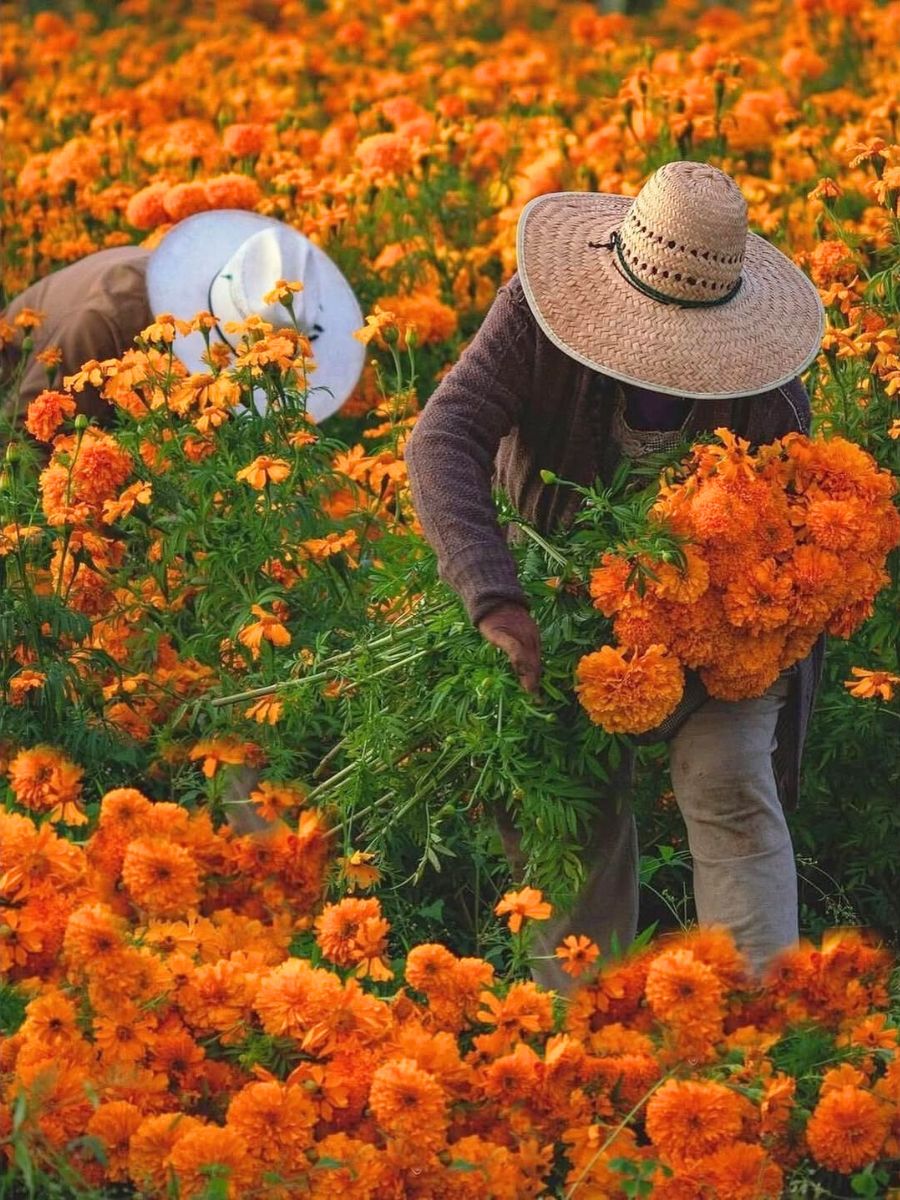
Were you familiar with these facts? If not, now you know how to celebrate and commemorate the dead during Día de Muertos 2025. All in all, it's a joyful celebration to remember the people who will always be in your heart, no matter where in the underworld they are.
'Feliz Día de Muertos', you can say to someone to wish them a Happy Day of the Dead!

